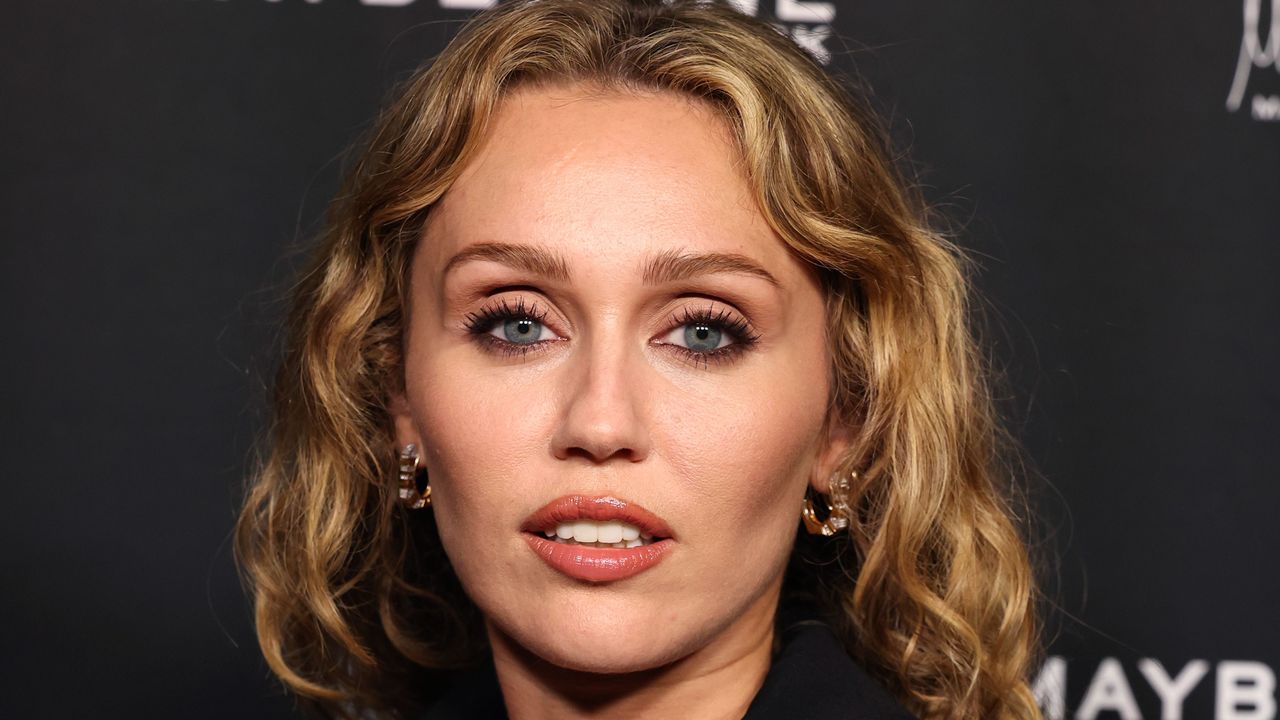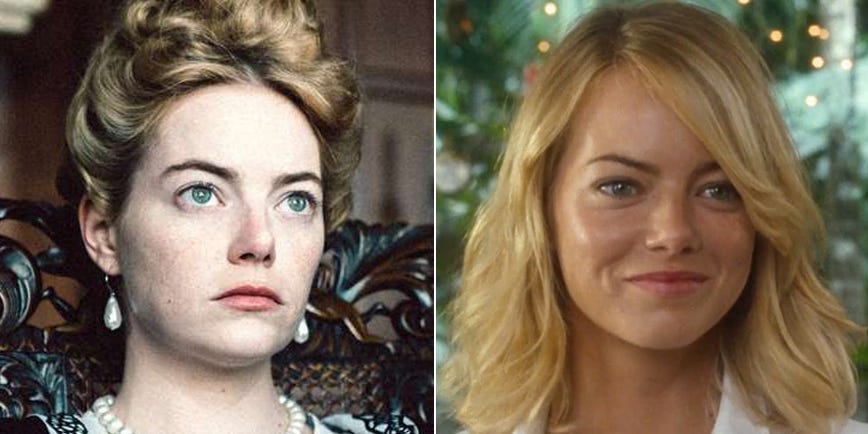It’s no wonder Cyrus finds kinship in the vision of Mugler’s creative director Miguel Castro Freitas: the spring 2026 show saw Freitas articulate his own take on the house’s precise, exacting lexicon. There were those iconic hourglass…
Category: 5. Entertainment
-
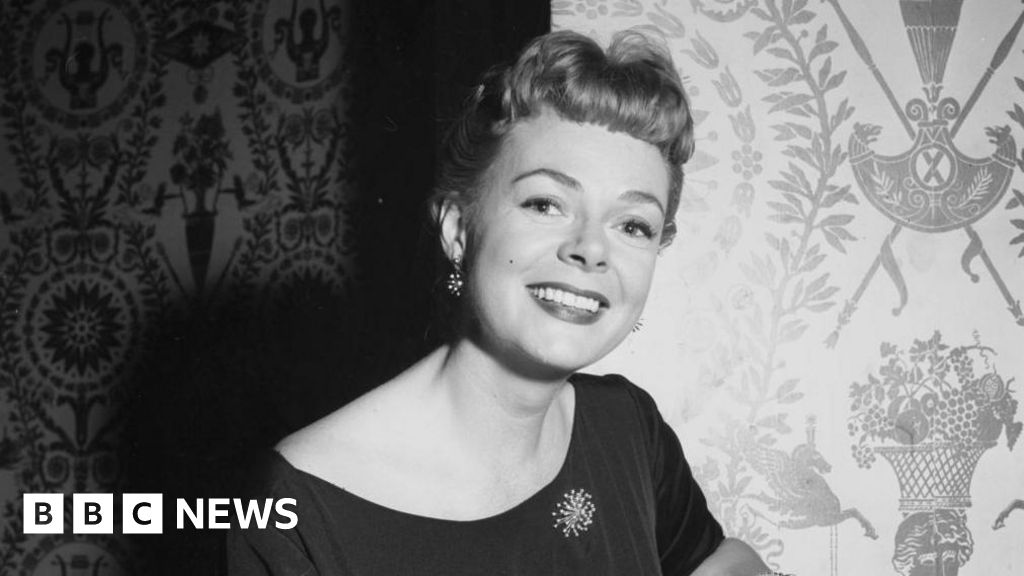
Lassie and Lost in Space actress June Lockhart dies aged 100
June Lockhart, best known for her roles in TV shows Lassie and Lost in Space, has died aged 100.
The veteran actress died of natural causes at her home in Santa Monica on Thursday, a family spokesman told US media.
Lockhart first shot to…
Continue Reading
-

Why Taylor Swift album The Life of a Showgirl divided Swifties and critics.
Even with 38 ways to buy it, Taylor Swift’s fans aren’t living for The Life of a Showgirl.
When Swift dropped her 12th studio album earlier this month, people were already primed to hate it. As part of her rollout, she released a concerning…
Continue Reading
-

From the Archives: Susan Sontag Tells How It Feels to Make a Movie
“Susan Sontag Tells How It Feels to Make a Movie,” by Susan Sontag, was originally published in the July 1974 issue of Vogue.
For more of the best from Vogue’s archive, sign up for our Nostalgia newsletter here.
Filmmaking is a privilege and…
Continue Reading
-
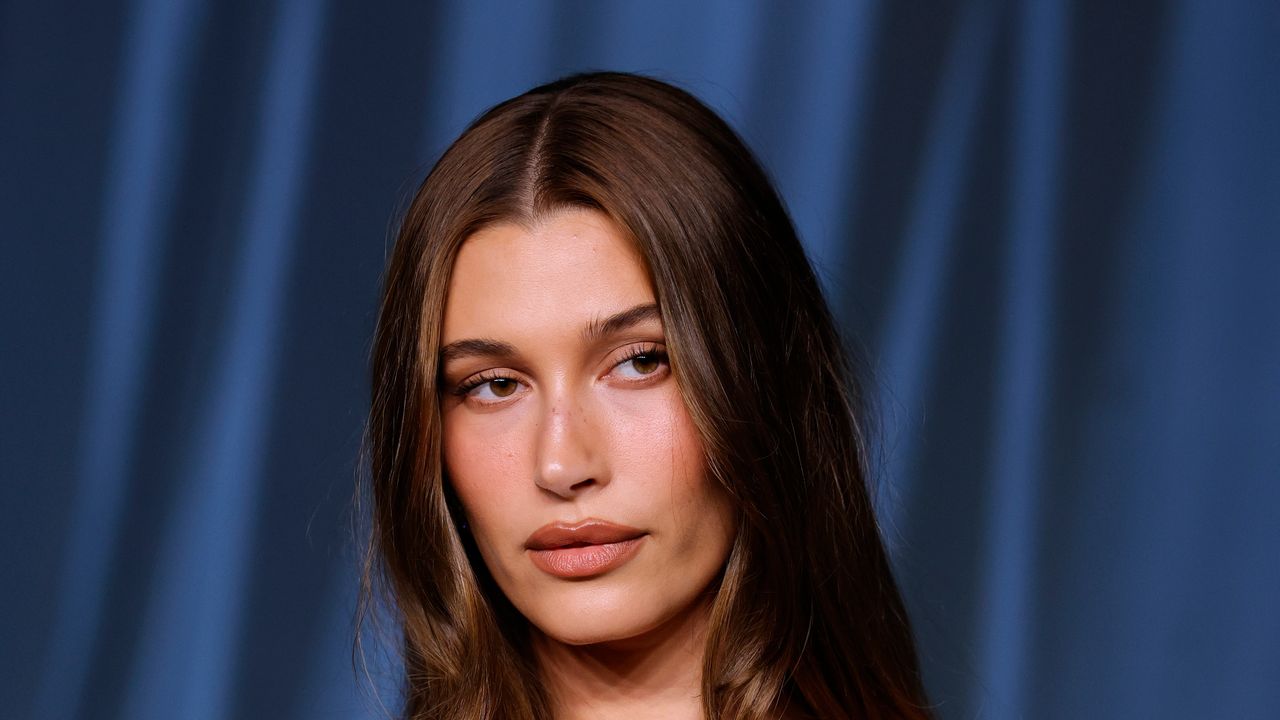
Hailey Bieber Doesn’t Do Botox—Here’s What She Does Instead
Bieber said that she is “really diligent” with her skincare regimen. which (of course) includes products from Rhode, and other cult and derm faves like Avène, BeautyStat, EltaMD, Cosrx, and Naturium. What she doesn’t use—just…
Continue Reading
-

Satish Shah’s funeral: Sarabhai vs Sarabhai cast Rupali Ganguly, Sumeet Raghavan and others sing the title track as they bid an emotional goodbye |
Veteran actor Satish Shah, who passed away at the age of 74 due to kidney failure on October 25 in Mumbai, was given an emotional farewell by the cast of Sarabhai vs Sarabhai. All the actors from Sarabhai vs Sarabhai like Rupali Ganguly, Sumeet…
Continue Reading
-

Sarabhai vs Sarabhai co-stars Rupali Ganguly, Rajesh Kumar cry inconsolably during Satish Shah’s funeral
Updated on: Oct 26, 2025 04:10 pm IST
Satish Shah’s funeral was held on Sunday in Mumbai, with his family and colleagues from the film industry coming together to pay their final respects.
Continue Reading
-

How scary films can soothe your anxiety
As he writes in a review paper on the topic: “Horror entertainment content allows people to experience fear in a safe, controlled environment, providing an opportunity to practice cognitive reappraisal, tolerating uncomfortable somatic…
Continue Reading
-
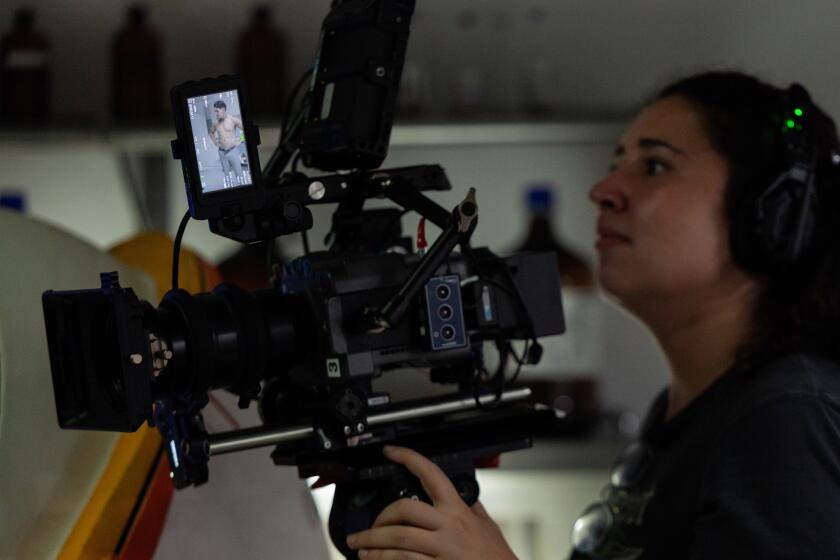
Hollywood’s romance with micro dramas is heating up. Will it last?
A young woman is desperate to raise $50,000 for her mom’s life-saving medical treatment. She will get the money, but only if she agrees to her stepsister’s unusual proposal: to marry her wayward fiance, who comes from a wealthy family but also…
Continue Reading
